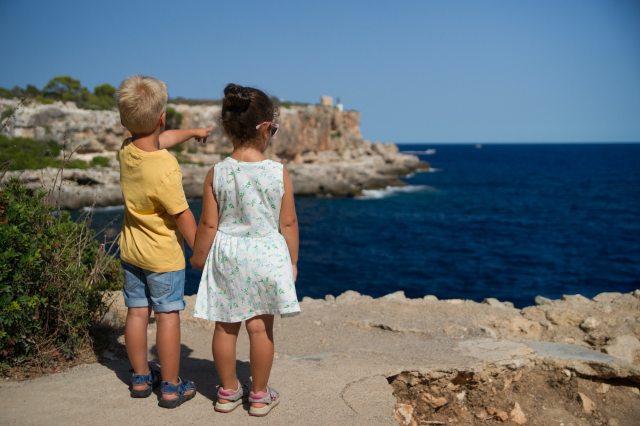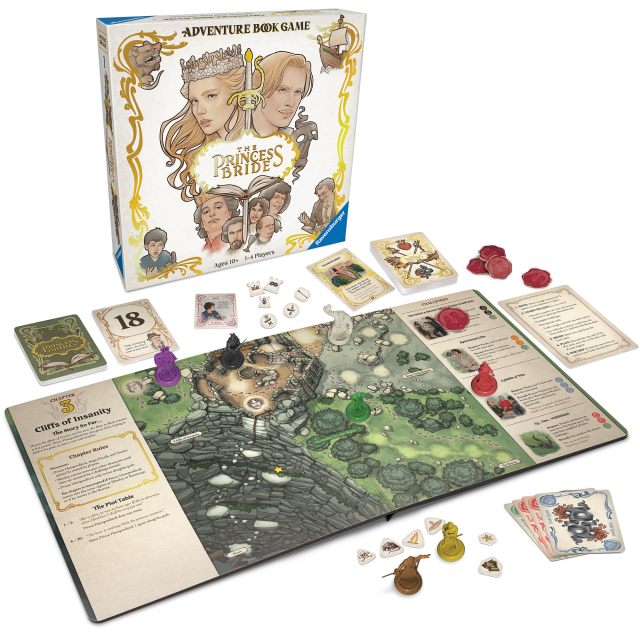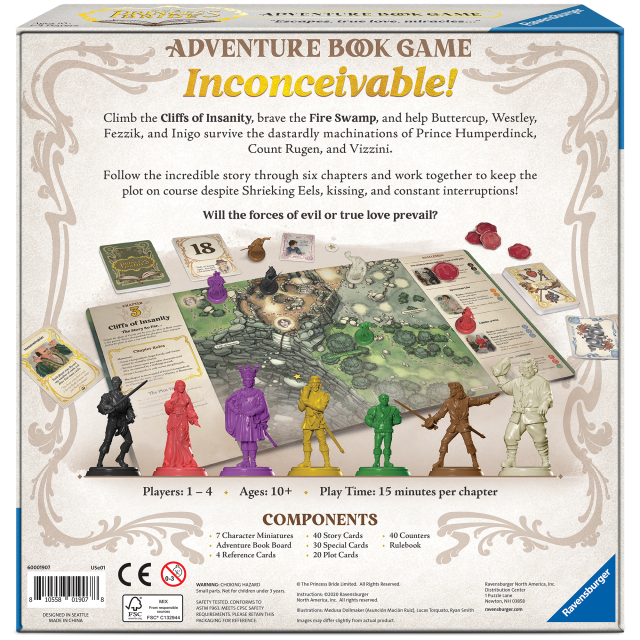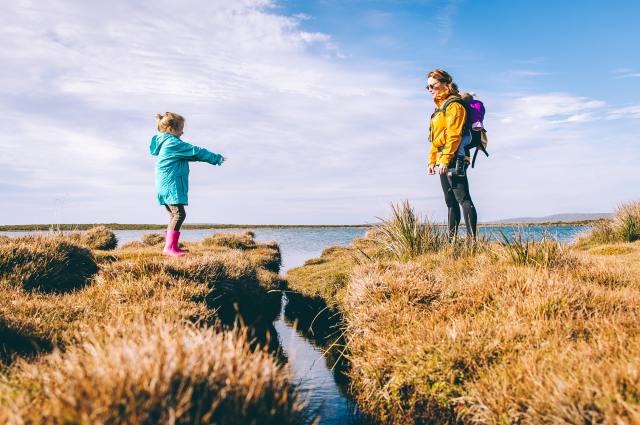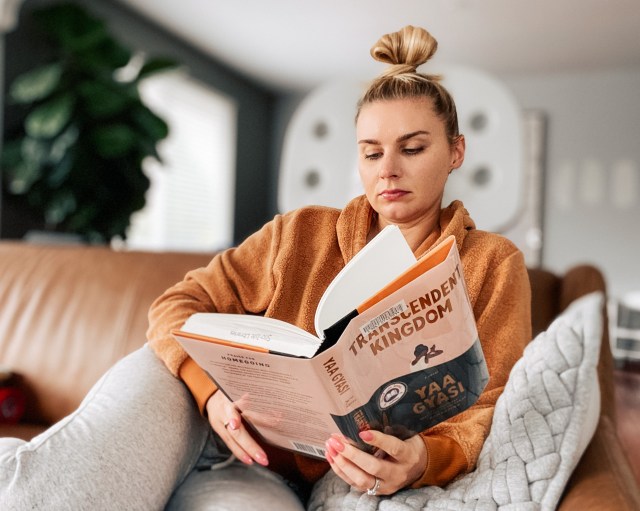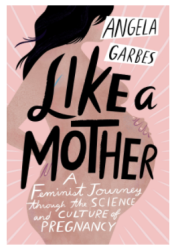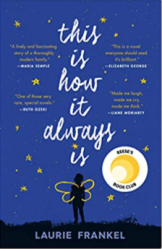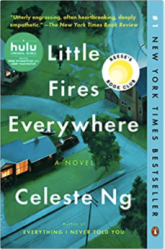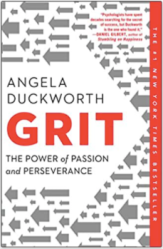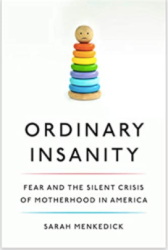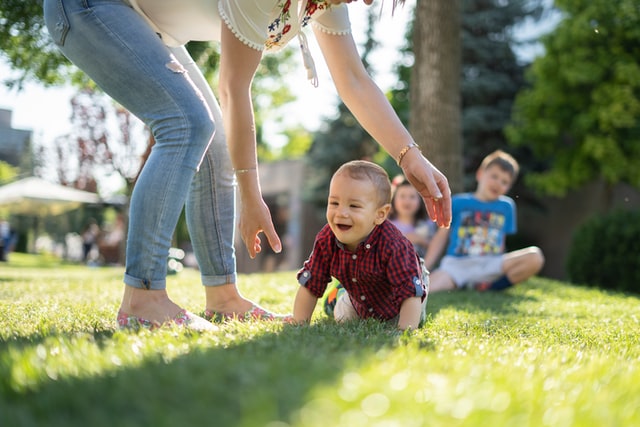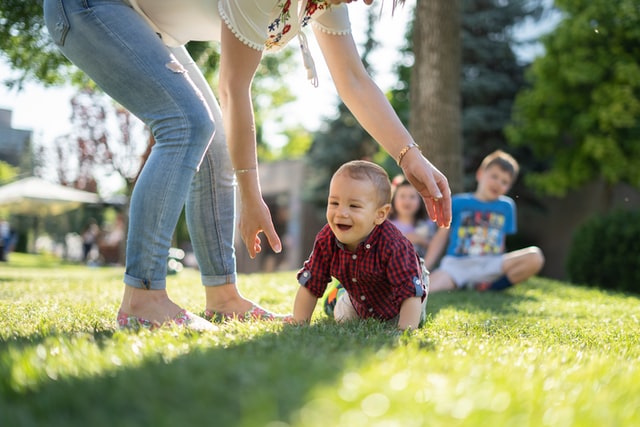Work out more. Work less. It’s that time of year to come up with resolutions. Some may be cliché (eat healthier), some may be ambitious (no more social media) and some may be very ambitious (run a marathon). They can all help motivate you into feeling excited for the start of the year. But as children hear what you’re planning to do, they may also hear a subtext: Who I was last year wasn’t good enough. And in the insanity of last year, where nothing went as planned for many of us, resolutions give us one more way to pressure ourselves into doing more even if we are already doing too much.
At StereoType, our mission is to break through and unlearn stereotypes that are created by societal norms and to inspire authentic expression of one’s true self. We were inspired to create a list of “unresolutions” for the beginning of January. After all, you don’t need to be anything else besides who you already are—a lesson that resonates for all of us, no matter how old we are.
By creating goals from an empowered place of doing more things that make you happy, it’s a win-win—you get more of what you already have.
Here, some exercises to reframe resolutions:
1. Create an Inspiration Collage
We’ve all heard of vision boards—the cut out images from magazines and paste to a poster board to represent what you want to do. Another option is to make an inspo board from what you’ve already done. Month by month, go through photos stuck on your phone, print them out and pick a favorite memory to highlight and talk about. Have your kids help too so they can also savor the memories and help think of ways to create new ones. At the end, together make a collage of the images from each month. What are the common themes? From home cooked meals to time with family and pets, these are things you’ve already manifested into the world. Creating a monthly visual will help inspire the whole family to dream and enjoy more new adventures together. Place the collage somewhere you can all see it and remember the journey of each month.
2. Talk Through Highs & Lows
Many families do highs and lows (also known as roses and thorns) at the dinner table every night, asking each member of the family about the high and low points of their day. If you don’t regularly do this, talking through highs and lows of the year can be a good way to end the year. Letting kids hear their parents’ lows helps them see that adults can also make mistakes, reconsider things, and commit to doing things differently. It also helps kids understand that parents don’t always have it all figured out, we are all learning and growing together and that’s a good thing. Talking about highs gives you a chance to revel in everyone’s accomplishments and set intentions for what’s next. It can also be a reset for kids: It’s a New Year, full of new opportunities and challenges, but you’re going to get through them as a family, just as you do each year.
3. Praise Yourself for Not Doing Things
So often, we praise ourselves when we accomplish things and cross off our to-do list. But what if we praise ourselves for the rest days we take for taking much needed downtime, the giggly moments of couch family time, or curling up with a book. Encourage your kids to catch their own moments of getting caught up in a drawing, playing pretend, or otherwise doing “nothing” as well as the “official” accomplishments they made over the course of the year. Modeling selfcare will help your children see that it’s not just about going and doing but also about slowing down and being aware of what our body needs.
4. Break up Goals
Part of the reason resolutions can seem eye-roll inducing is because they can so rarely be kept. Instead of sweeping, vague resolutions, work with your kids to come up with actually doable resolutions, broken into one week or one month chunks. This could include talking to a new friend at school (or Slacking a new colleague at work), finishing reading a book together, or getting to a new level in a video game. No matter how small, teaching kids how to break down “resolutions” into concrete, doable goals can be a smart strategy to learn for the future.
5. Celebrate Who You Are—Right Now
It’s so important for your kids to see you celebrate yourself and love who you are in this moment. We are all a work in progress and we can often feel like we are not “doing” or “being” enough. Creating a time capsule, a photo shoot, or a list of favorite things can capture who you are in the moment—and can be a keepsake to pull out for the future. More than that, it’s a chance to fully embrace the person you have been in 2021—no resolutions needed.
—By Anna Davies for StereoType
